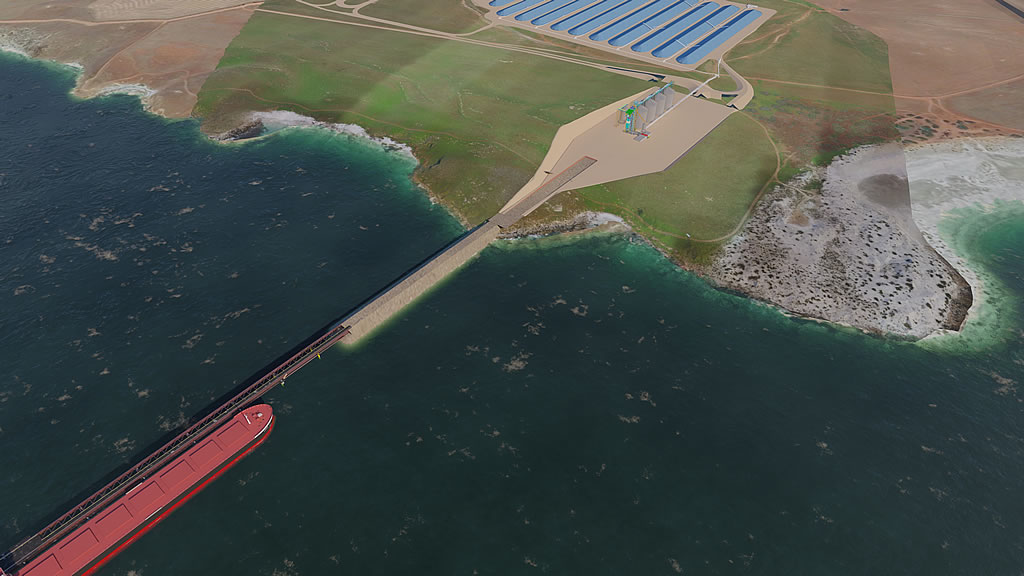We have heard a fairly constant commentary about the “right way to go is a multi-user, multi-commodity port for Eyre Peninsula”
Peninsula Ports and before it, Free Eyre looked very closely at all aspects of the grain industry on Eyre Peninsula. The previous Labor Government estimated that a major all purpose port would cost about $700m. We agree with this assessment. The reason that Port Spencer is budgeted at $230m is because we have stripped out all costs associated with facilitating whomever and whatever might possibly use the port and concentrated on grain. That does not mean that Port Spencer cannot accommodate other products and multiple users. What it means is that Peninsula Ports cannot justify a cost to be eventually paid by the grain industry if it does not add value to the grain industry. We have no problem with negotiating a deal with users who may want to ship in or out products other than grain. However we rule out any product which might contaminate grain and therefore cause our grain marketers grief through rejection or discount in some overseas market. This in the EP experience means iron ore will not be allowed. Hence we are very happy with iron ore having its own Cape Hardy facility. A further point of clarification is that very few ports in the world use the same berth for substantially different products. Even in Port Adelaide it is about 10km from Outer Harbour to the original grain terminal in the Port River.
The advantages which convinced us to acquire the old Centrex site are:
More generally, Free Eyre was set up to provide services and competition to the benefit of the grain industry on Eyre Peninsula. Peninsula Ports was created by Free Eyre to fulfill this role by way of direct competition for grain exports. Free Eyre has over its life provided grain marketing options, up country storage arrangements and a multitude of broader services. It is from this experience that we then concentrated on providing export opportunities, first with Tports then trying to negotiate a satisfactory arrangement with Iron Road, but finally settling on Port Spencer as the best, most economical and efficient site for export of grain from Eyre Peninsula.
